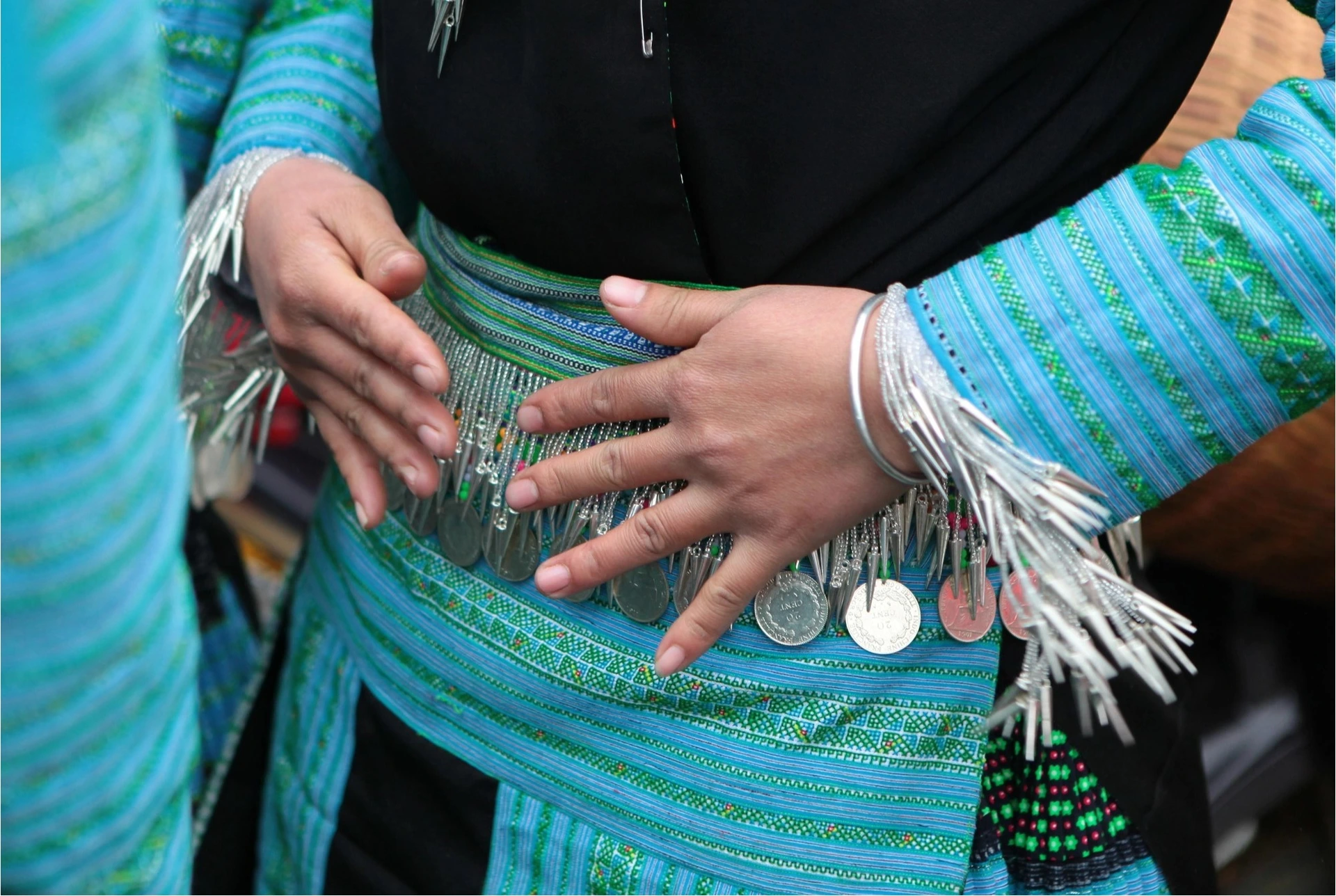The legend of the woman who went to call the Sun God
The legend of the Blue Mongols says that, in the past, the world was burned by 10 suns alternately. The life of the Blue Mongols is only day, there is no night; Rivers, streams, plants and livestock are all killed by drought, making life extremely destitute. Suddenly one day, a hero of the Blue Mongolian race named Hau Nghe shot down 9 suns with a bow and arrow, the other sun was too afraid, ran away, the life of the Blue Mongolian people was engulfed in darkness, there was no day.
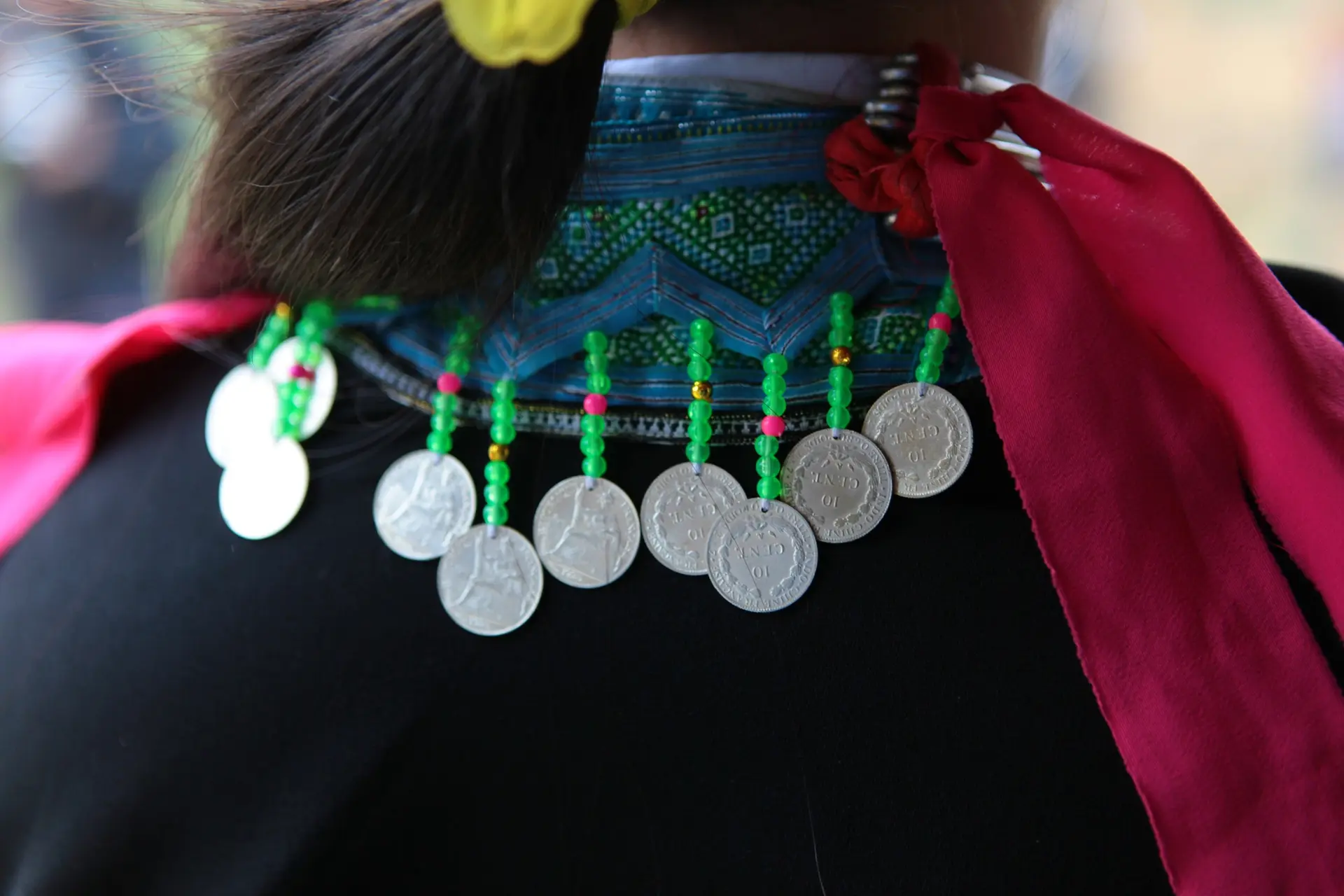


In the constant darkness, life is dying, the old Green Mongolian villagers meet to discuss and find ways to save the community. The village elders sent the most beautiful woman to consult the hero Hau Nghe when they were told that the sun loved the sound of chickens crowing, just bring the rooster to the top of the high mountain, when the chicken crowed, the other sun would appear.
That same beautiful woman was tasked by the Blue Mongolia community to carry the rooster to the top of the high eastern mountain to call the sun. Through many hardships, climbing passes, wading streams, avoiding snakes and lobsters, the girl also reached the top of the mountain to catch the rooster to crow. Miraculously, hearing the rooster crowing, the sun immediately appeared from the east and set behind the mountain to the west. Since then, there have been days and nights, and the life of the Blue Mongolians has been revived.

Since then, to honor the girl who saved the community, the Green Hmong people have created extremely sophisticated and sophisticated silver jewelry to distinguish the Blue Mong woman from other Hmong women.
The fortune of the Green Mongolian woman
From the same legend, any Blue Mongolian family when giving birth to a daughter must accumulate to buy white silver and then ask the craftsman to make a jewelry set for the daughter to reach adulthood and get married.
Blue Mong women's silver jewelry includes necklaces, bracelets and decorative patterns on dresses carved from white silver very elaborately and uniquely. Blue Mongolian women's collars are of two types. One type is carved in a circular fashion, with a circumference of 45-55cm. Usually they usually wear about eight necklaces of this type to beautify their outfit.
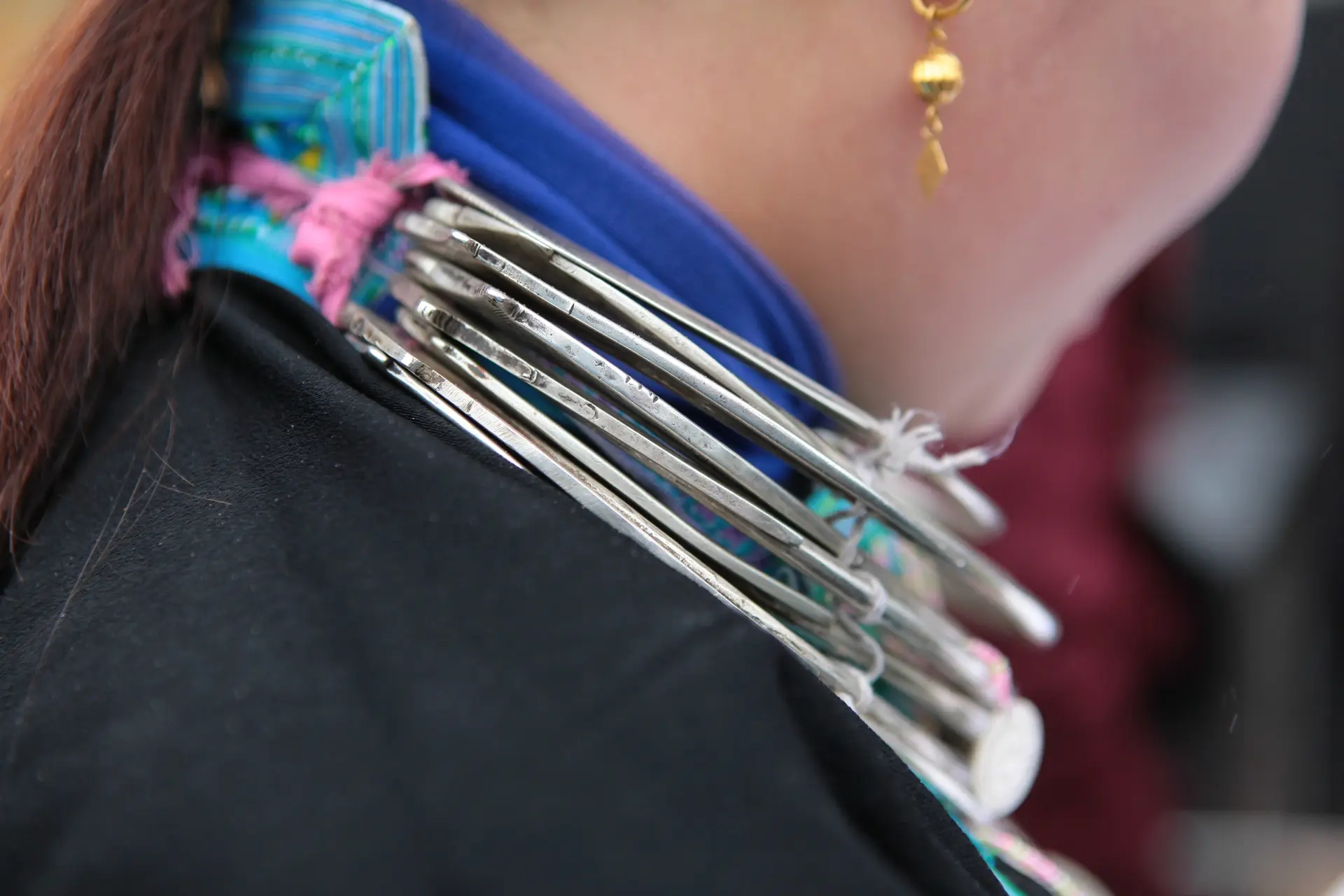
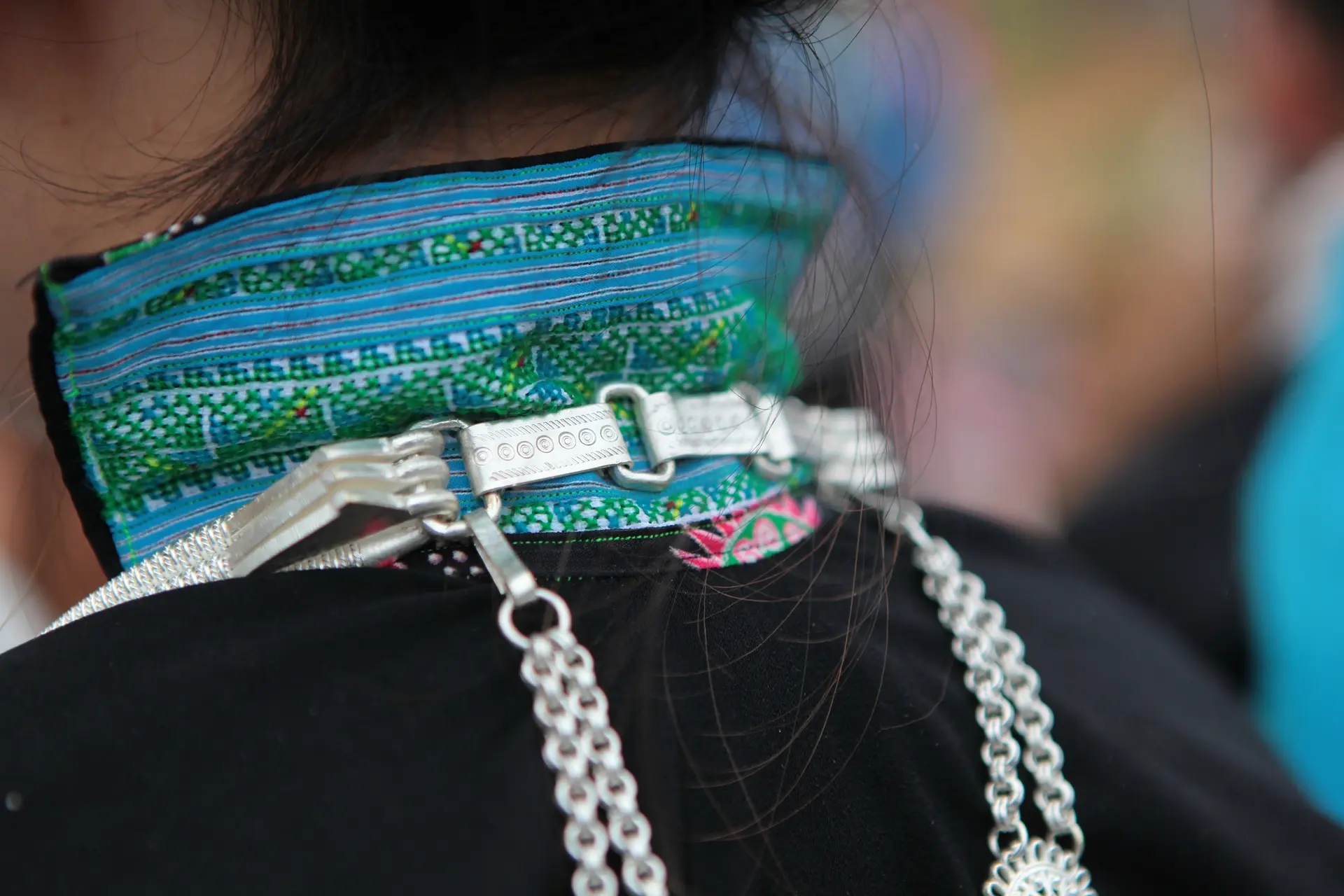
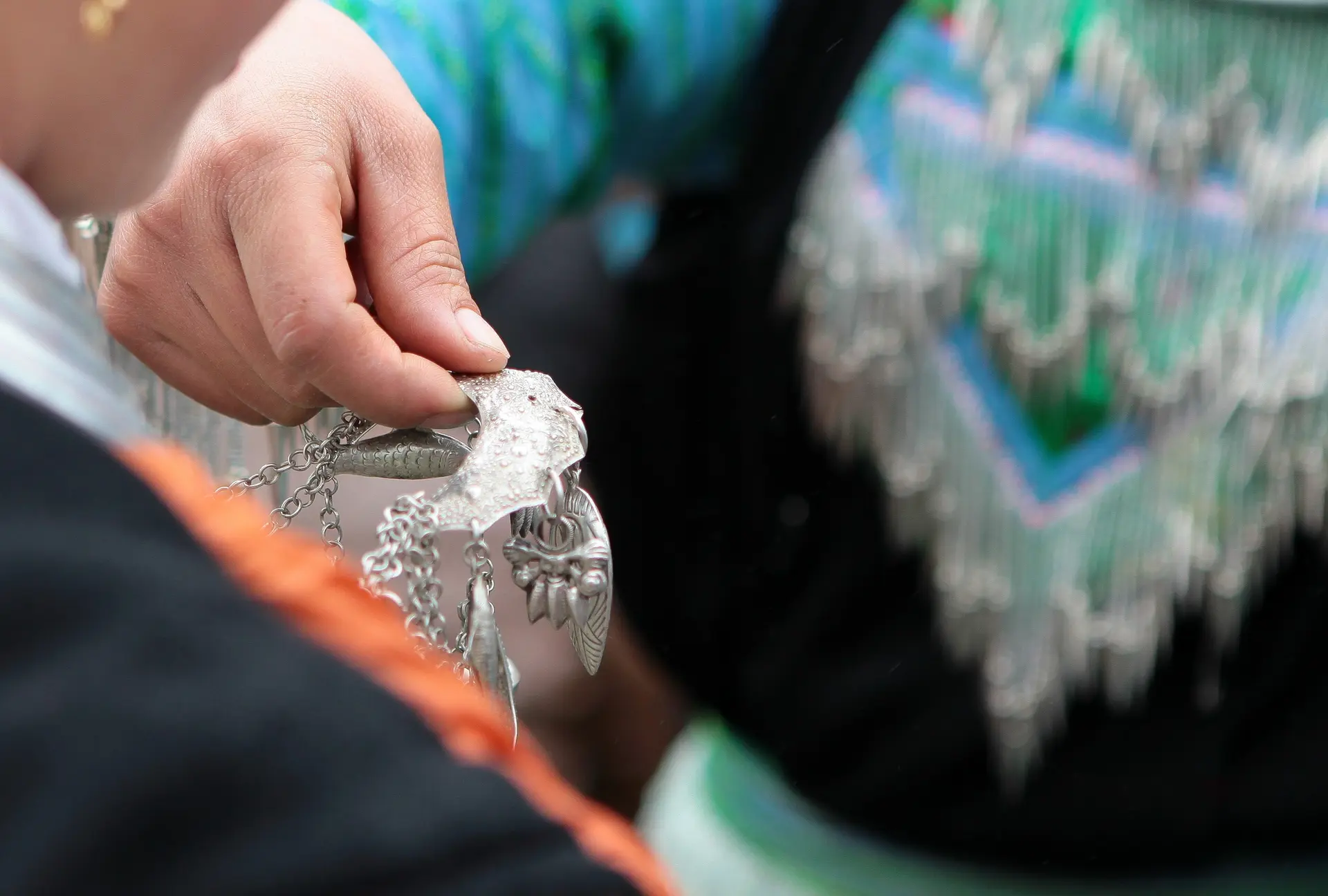
Besides, there is also a necklace used to fight evil spirits, this type of necklace consists of three silver strings consisting of chains, tassels teng with many shapes attached together. With this type of ring, in the middle there is necessarily a circular piece of silver carved with a pattern symbolizing the Sun God.
The motifs carved in the arms of Blue Mong women are usually birds, grass and flowers, associated with their daily livelihood. The motifs are taken from life because the Blue Mongols believe that all things of the world are given by the Sun God.
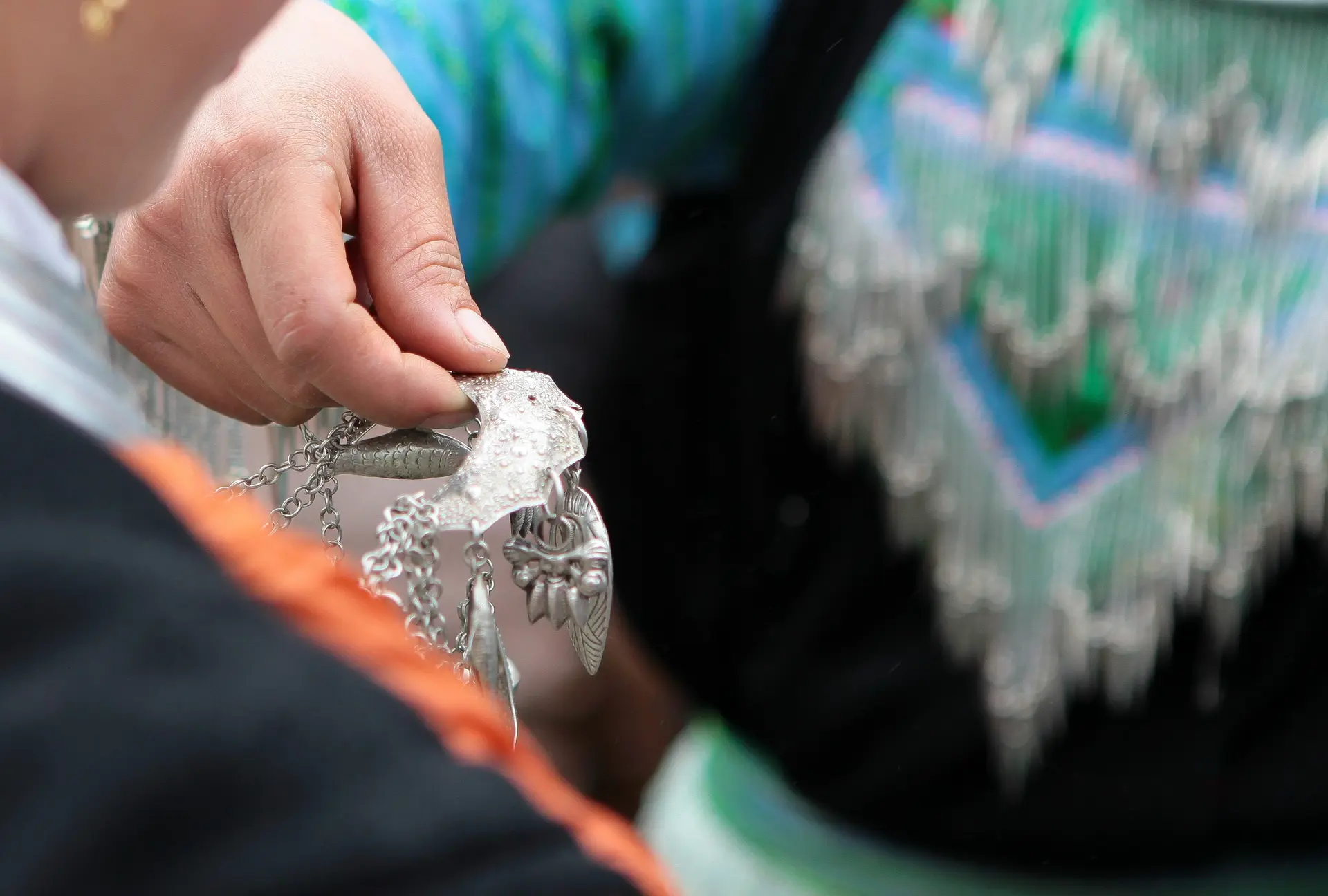
In particular, in the jewelry attached to the dress of the Blue Mongolian woman, there are many silver coins. These silver coins were often the currency used during French colonial times.
From a humanistic legend, the role of women in the Blue Mongolian community is also equal. They are respected in their families and villages. On holidays, Tet, Gou Cao Festival (prayer festival), No Ong Festival (incense festival), Blue Mong girls often wear jewelry with outfits to go out, creating different colors, fancy and strange sounds that make other ethnic groups feel that they are the owners of cultural activities, this belief.
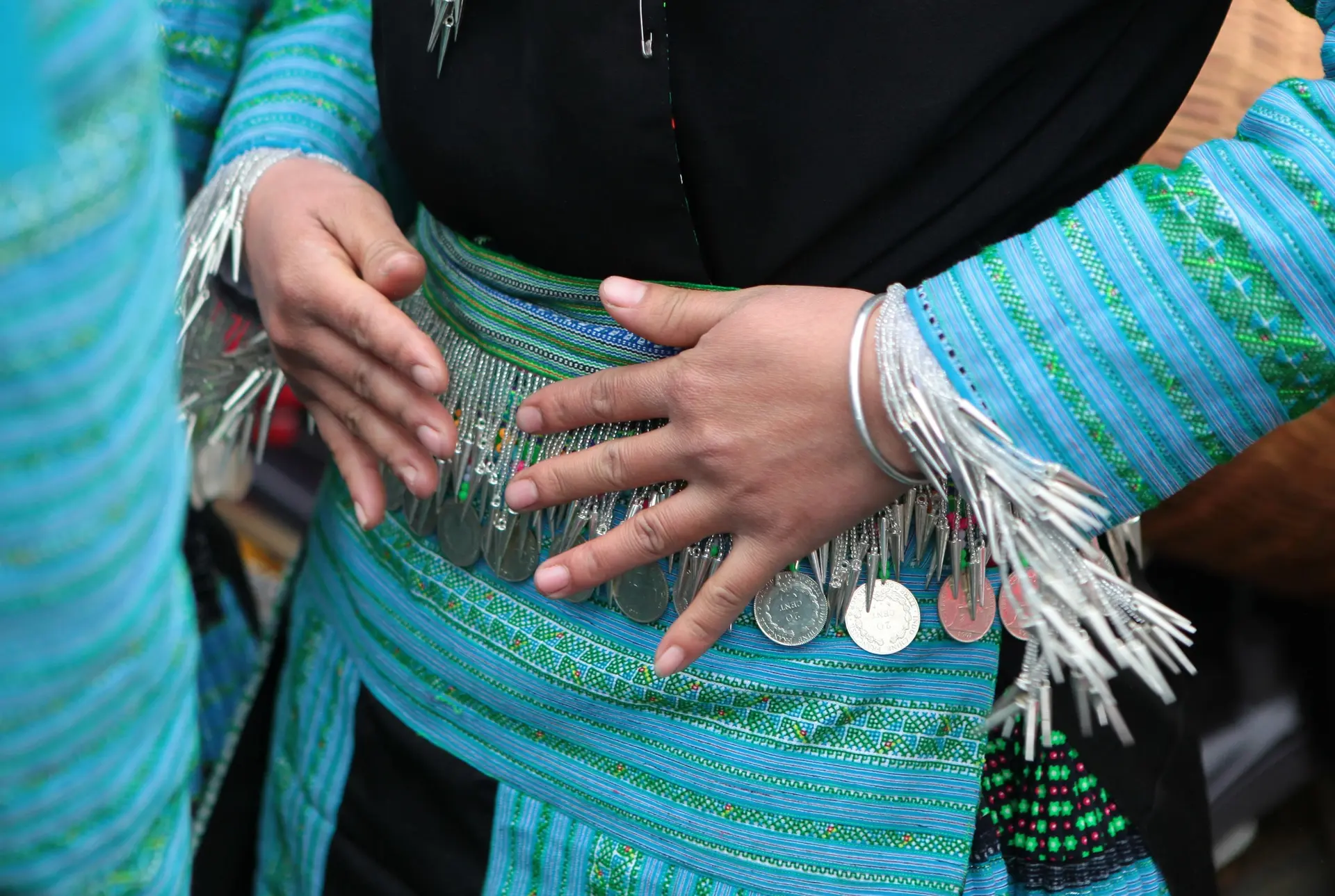
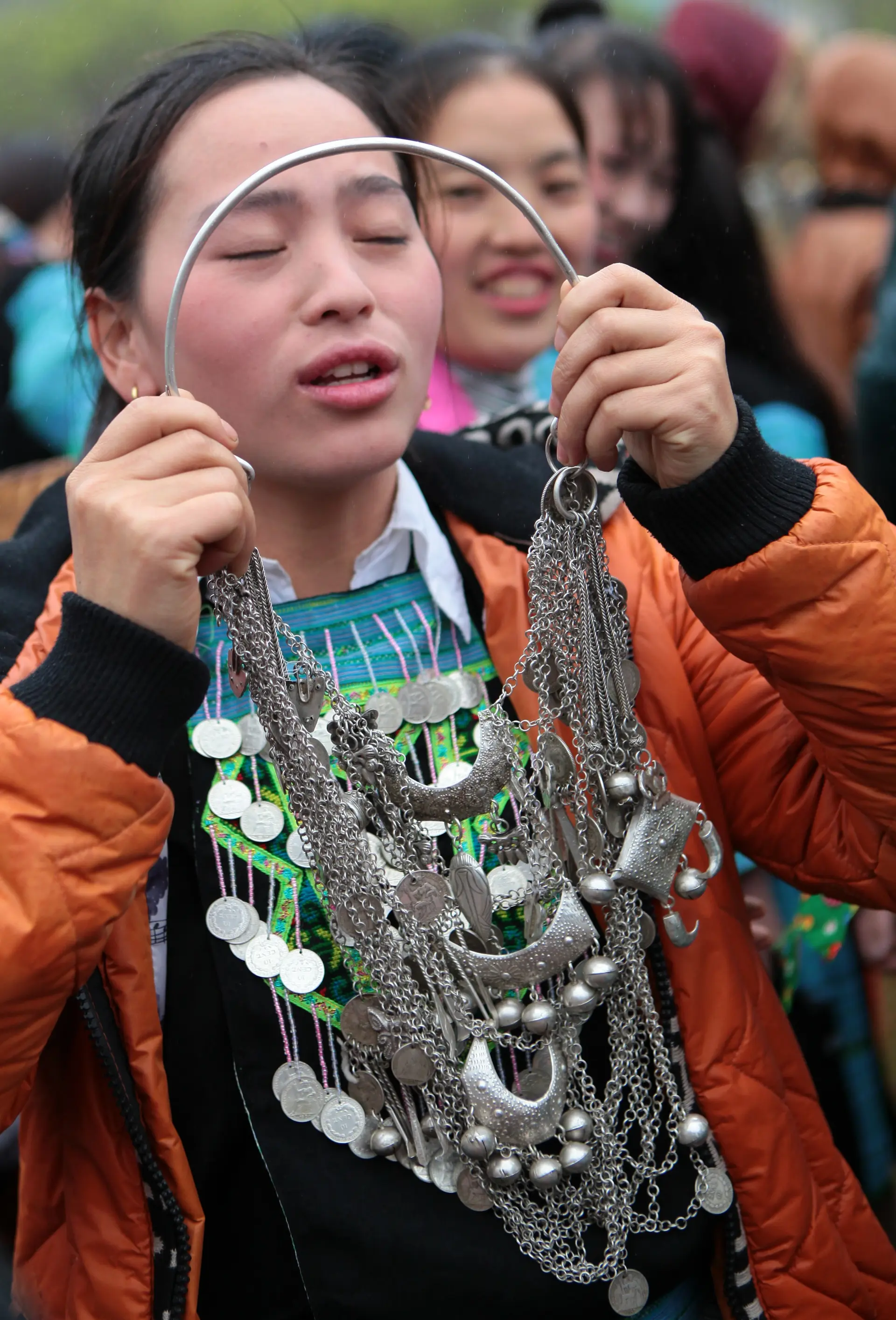
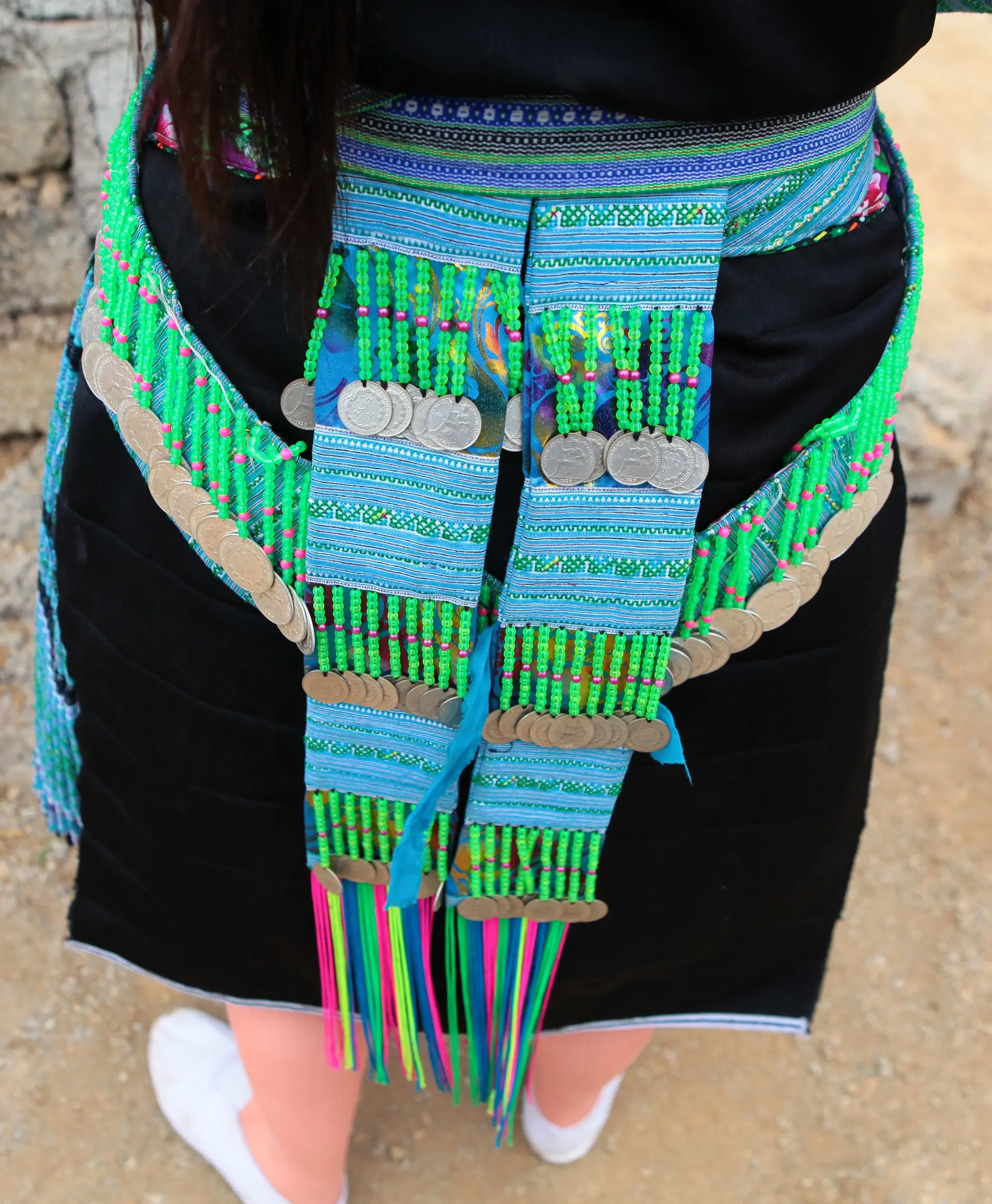
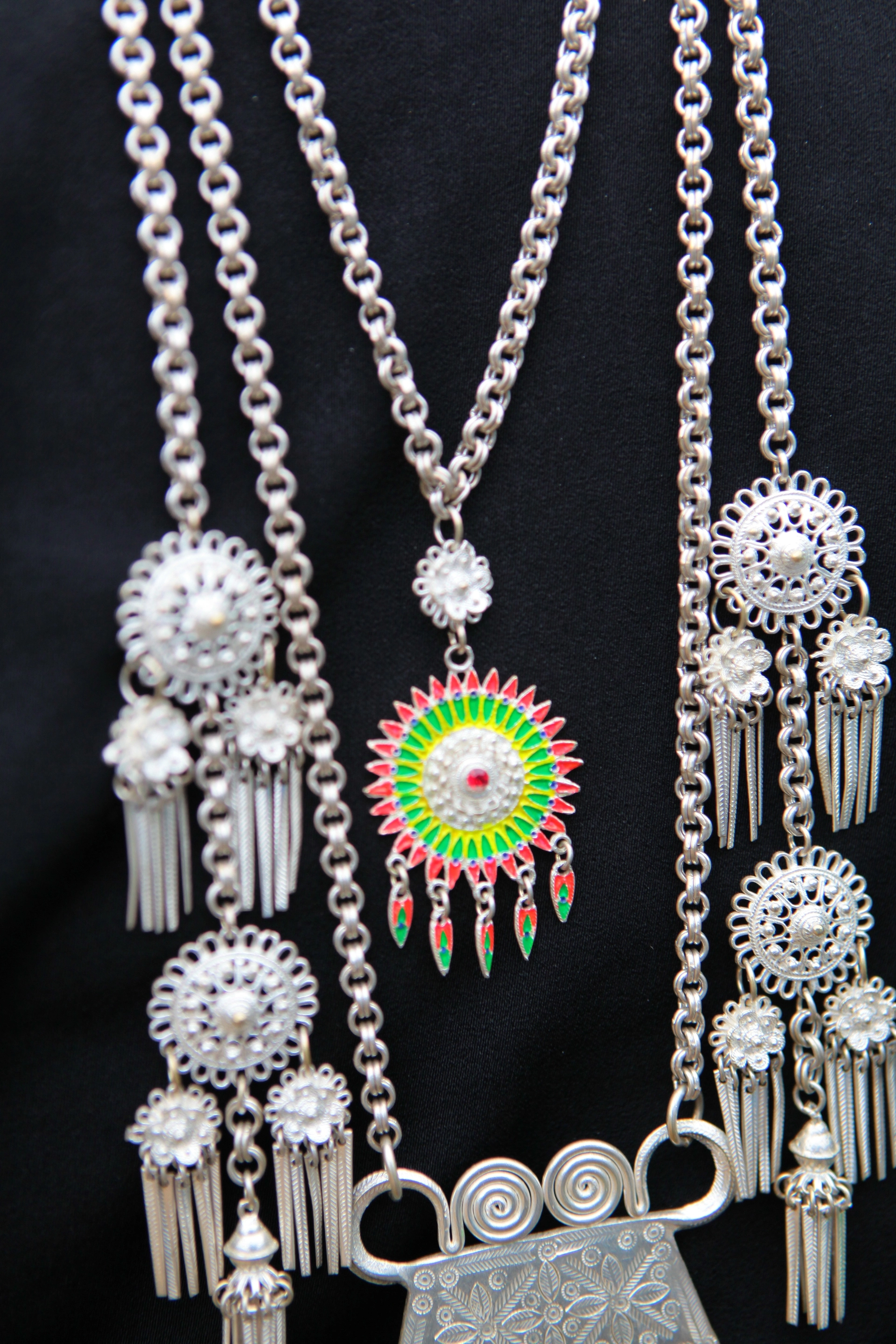
The Blue Mong woman wears silver jewelry to beautify, showing the wealth of each person and clan. At the same time, the silver jewelry on the costume also expresses messages about the culture of the tribe.
According to Vietnamplus
Photo: Thong Thien
